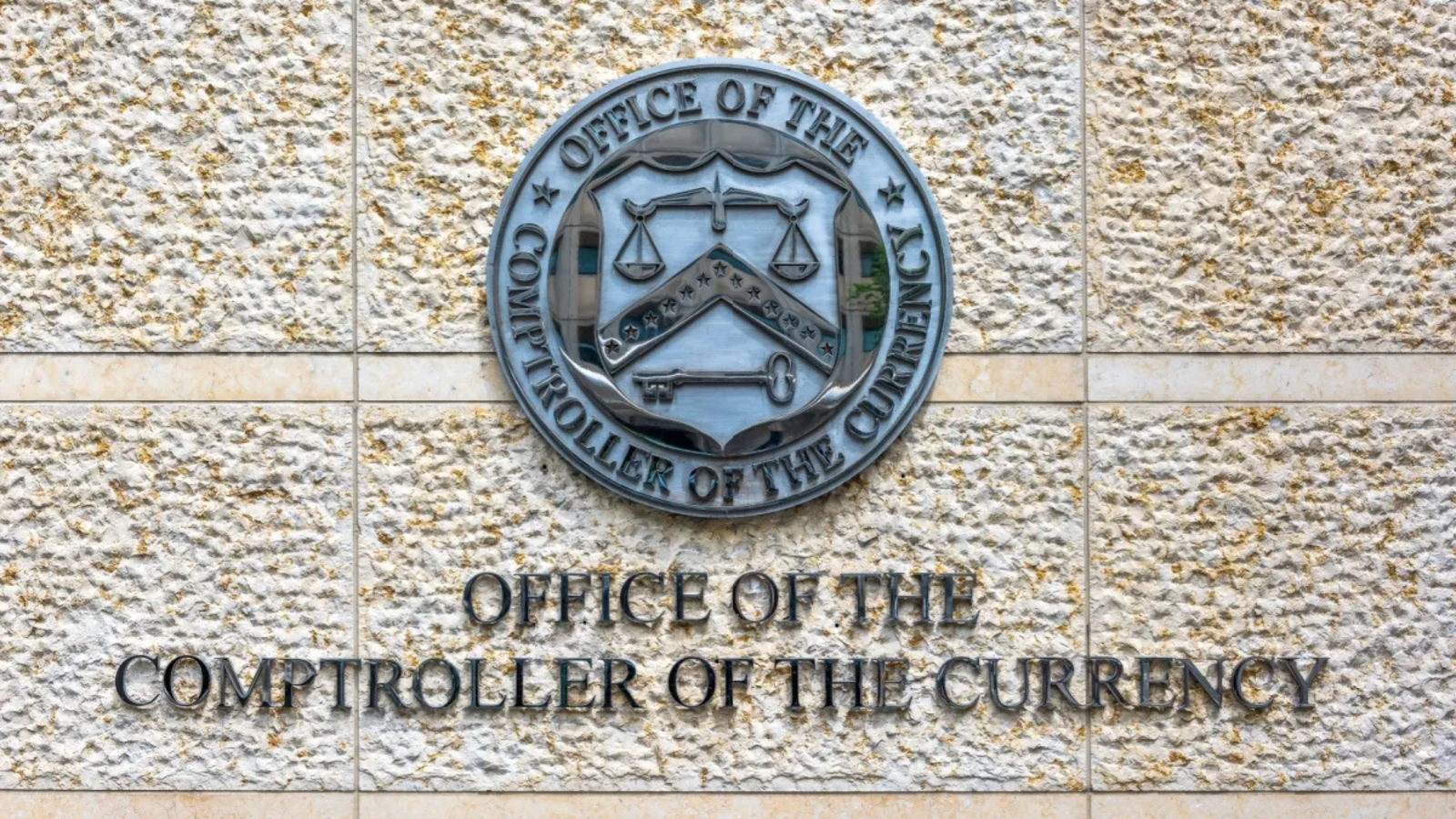The cryptocurrency market has witnessed a significant shift in recent weeks, with Bitcoin’s market dominance declining to 40.3%, its lowest level since June 2022, according to data from CoinMarketCap. This decline has led to increased market stress, as investors reassess their portfolios and adjust to the new crypto landscape. Meanwhile, other cryptocurrencies such as Ethereum and Solana have gained traction, with their market capitalization increasing by 10.3% and 15.6% respectively over the past month. As a result, the overall cryptocurrency market has become more decentralized, with a greater number of players vying for market share.
The Changing Crypto Landscape
The recent market stress has been attributed to a combination of factors, including increased regulatory scrutiny and a decline in investor sentiment. According to a report by the Financial Action Task Force, regulators are increasingly focusing on anti-money laundering and know-your-customer regulations, which has led to increased compliance costs for cryptocurrency exchanges. However, this has also led to increased adoption of cryptocurrencies by institutional investors, with a survey by Fidelity Digital Assets finding that 74% of institutional investors plan to invest in cryptocurrencies in the next five years. As a result, the cryptocurrency market is becoming more mature, with a greater emphasis on regulation and compliance.
Looking ahead, the cryptocurrency market is expected to continue to evolve, with new players and technologies emerging. According to a report by Bloomberg, the global cryptocurrency market is expected to reach $1.4 trillion by 2025, with a compound annual growth rate of 30.2%. Meanwhile, the development of decentralized finance platforms and non-fungible tokens is expected to drive growth and innovation in the sector. However, this growth will also be accompanied by increased regulatory scrutiny, as governments and regulators seek to balance the benefits of innovation with the need to protect investors and maintain financial stability.
The impact of the changing crypto landscape on the Forex market is also significant, with some analysts arguing that the increased adoption of cryptocurrencies could lead to a decline in the use of traditional fiat currencies. According to a report by the Bank for International Settlements, the use of cryptocurrencies could reduce the need for correspondent banking and other traditional payment systems, which could lead to increased efficiency and reduced transaction costs. However, this could also lead to increased volatility in the Forex market, as investors adjust to the new landscape and reassess their currency holdings.
Meanwhile, expert commentary suggests that the current market stress is a necessary step in the evolution of the cryptocurrency market. According to Tim Draper, a well-known venture capitalist and cryptocurrency investor, the current market conditions are a “reset” for the industry, which will ultimately lead to a more mature and stable market. As the market continues to evolve, it is likely that we will see increased consolidation and cooperation between players, as well as a greater emphasis on regulation and compliance.
In conclusion, the current market stress in the cryptocurrency market reveals a new crypto order, with increased decentralization and a greater number of players vying for market share. As the market continues to evolve, it is likely that we will see increased growth and innovation, driven by the adoption of new technologies and the development of decentralized finance platforms. According to data from CryptoCompare, the average daily trading volume of cryptocurrencies has increased by 20.5% over the past quarter, suggesting a significant increase in market activity. As a result, investors and traders should be prepared for increased volatility and market fluctuations, as the cryptocurrency market continues to mature and evolve.












